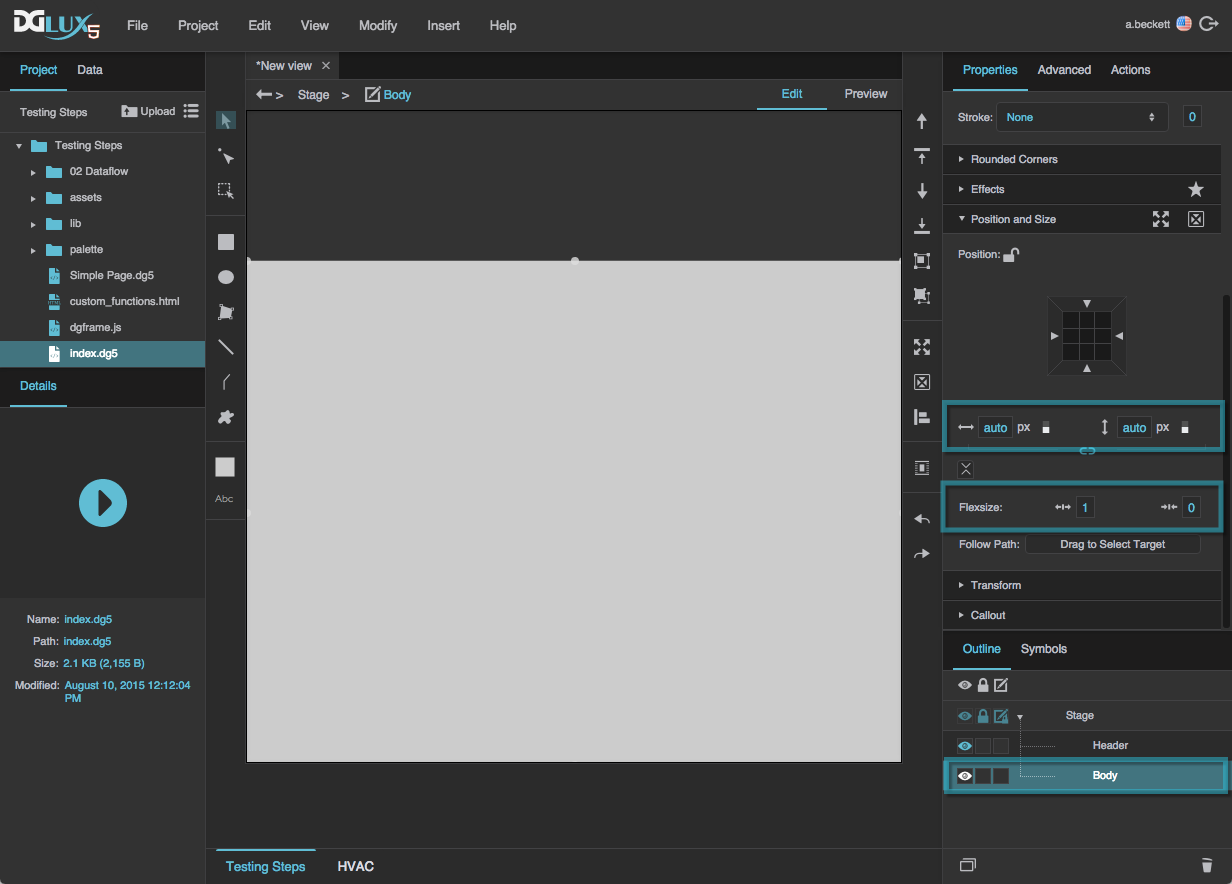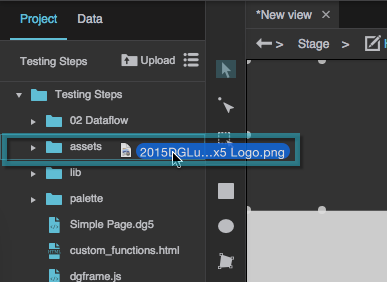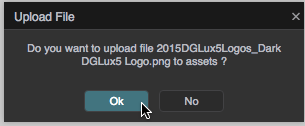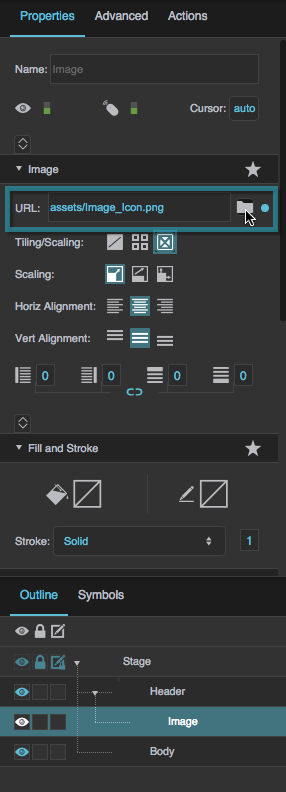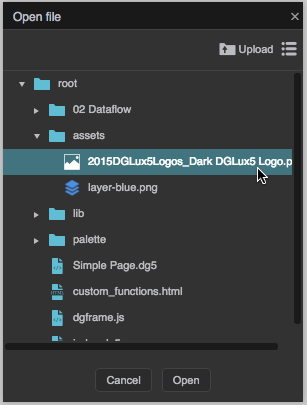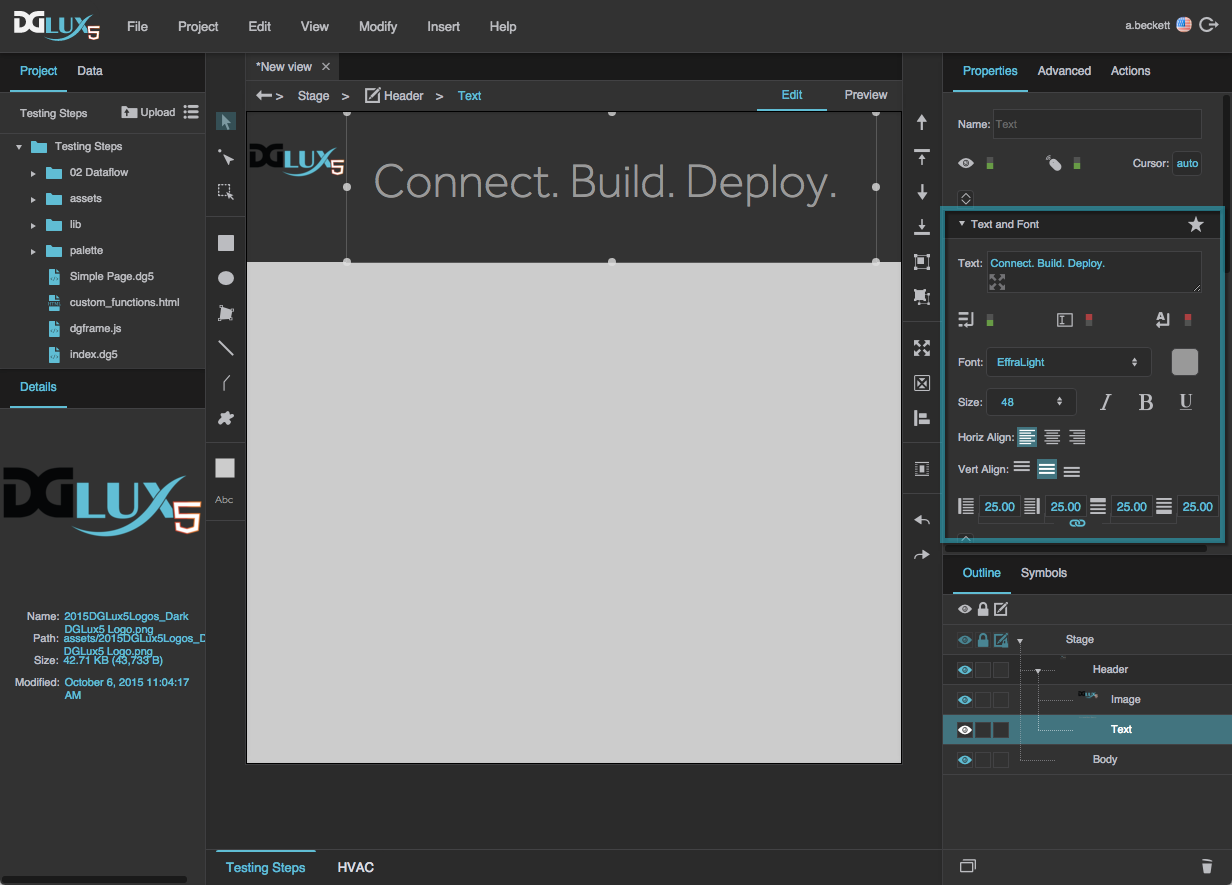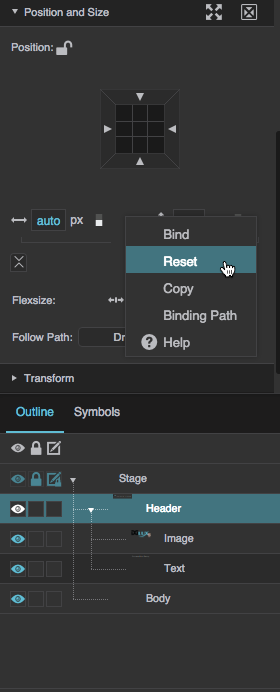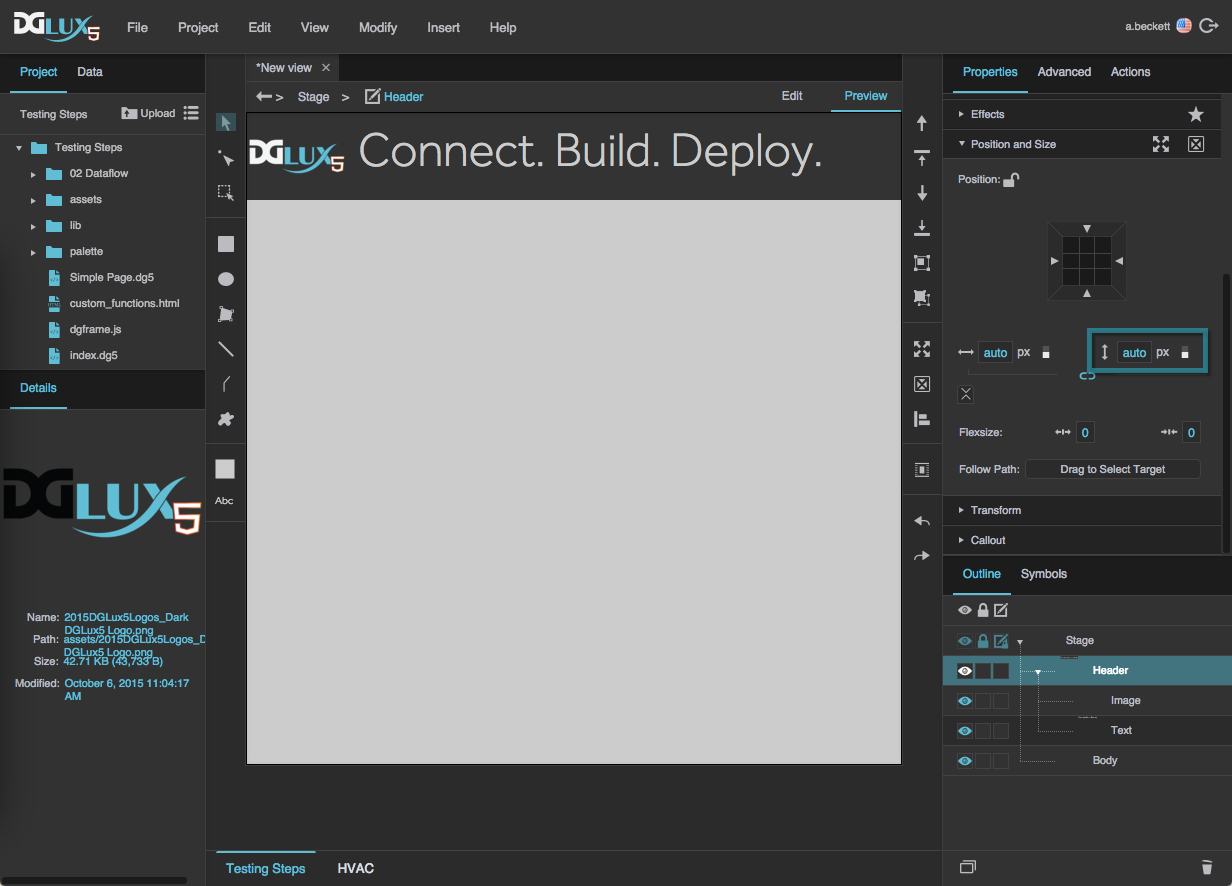Create a Simple Page
A project like the one you just created contains pages. These steps show you how to design a simple page with a responsive header and body.
When you design a page, you customize your page's root component, called the Stage. Then, you add components to the Stage. Finally, you customize each component’s behavior, layout, and appearance using the Property Inspector.
Create Vertical Layout for the Stage
Vertical layout ensures that the children of the Stage are positioned vertically from top to bottom. In this example, the Stage's children will be a header group and a body group.
- In the Outline, click the Stage.
In the Property Inspector, for the Layout property group, use the drop-down menu to change the Layout property from Absolute to Vertical.
Create a Header Group
Horizontal Layout ensures that children of the header group are positioned horizontally from left to right. In this example, the header's children will be a logo and a text box.
- In the Outline, right-click the Stage. Choose Insert > Components > Group.
- With the header group selected, customize its properties in the Property Inspector:
Create a Body Group
- In the Outline, right-click the Header group and select
 Duplicate.
Duplicate. - With
Bodyselected, customize its properties in the Property Inspector:
Add Content to the Header
- Add an image component to the Header group:
Drag the image of your choice from your OS’s file browser to the assets folder in the Project panel.
- In the Outline, right-click the Header group. Choose Insert > Components > Image.
- In the Outline, select the image.
In the Property Inspector, under Image, next to URL, click
 Browse.
Browse.
- Add a text component to the Header group:
- In the Outline, right-click the Header group. Choose Insert > Components > Text.
In the Property Inspector, under Text and Font, enter some text in the Text property, and customize the Text and Font properties.
Set Header Height to Auto
You can set the header group's height to Auto to make the header group height follow the size of the group's content.
- In the Outline, select the Header group.
Learn More
- To read about any property, hover over the property until a blue dot appears. Then, click the blue dot, and select Help. Or, look at the Properties Reference.
- To learn more about Layout, see online references about
flexbox, like this one - To learn more about Flex-Grow, see this video.

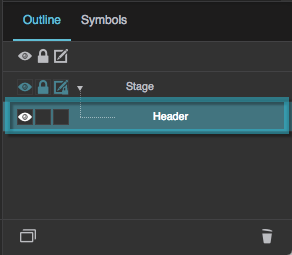
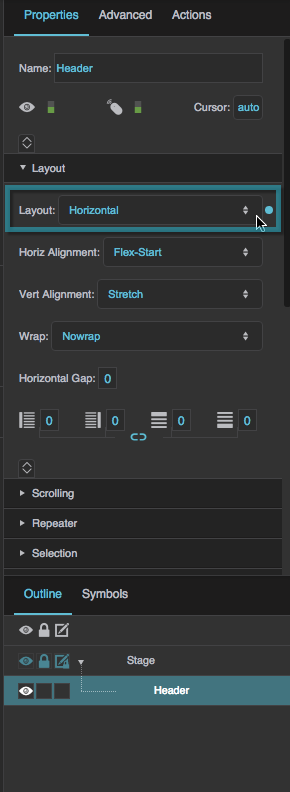
 Fill, then choose
Fill, then choose  Solid Color, and then select a color.
Solid Color, and then select a color.
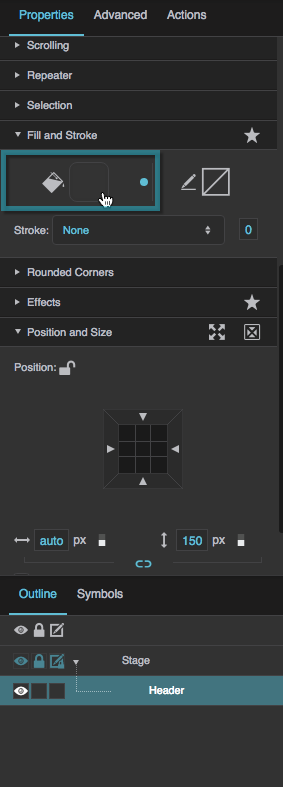

 Width until a blue dot appears.
Width until a blue dot appears.


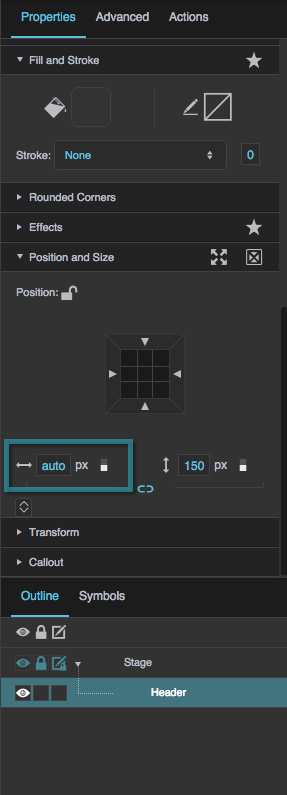
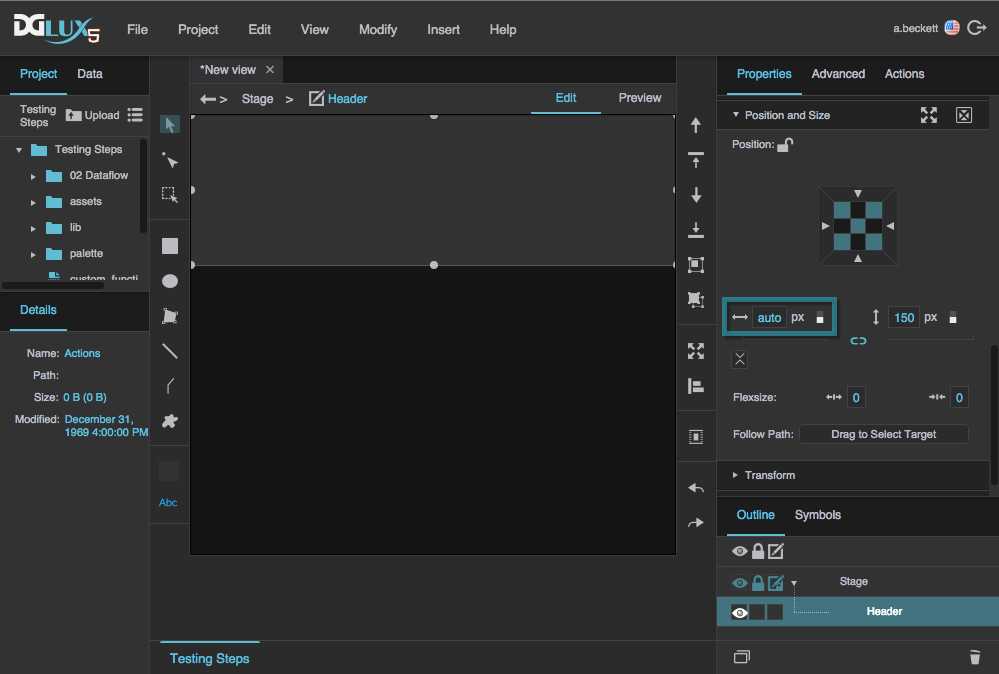
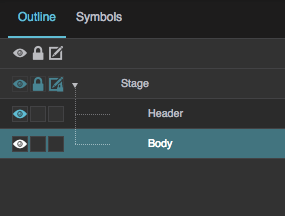
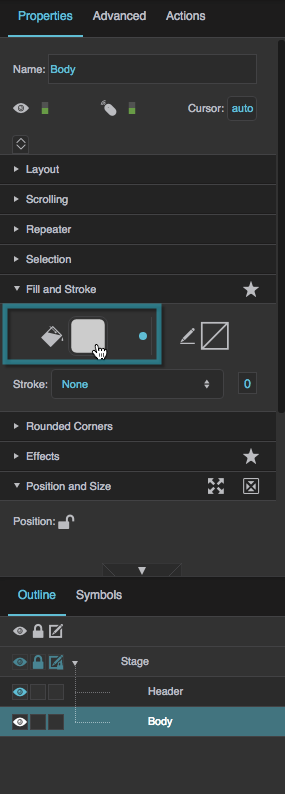
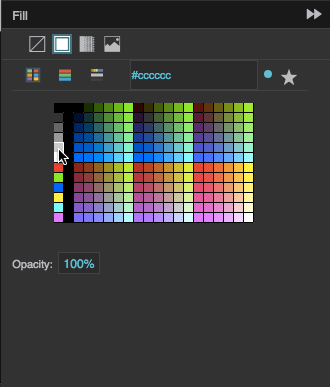
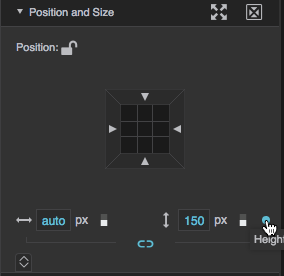
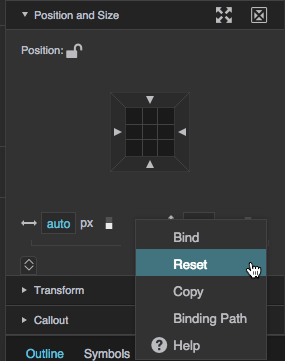
 Expand and then enter a value of 1 for
Expand and then enter a value of 1 for 